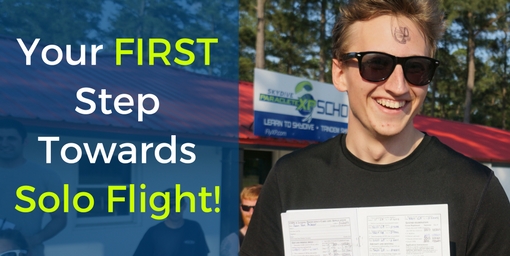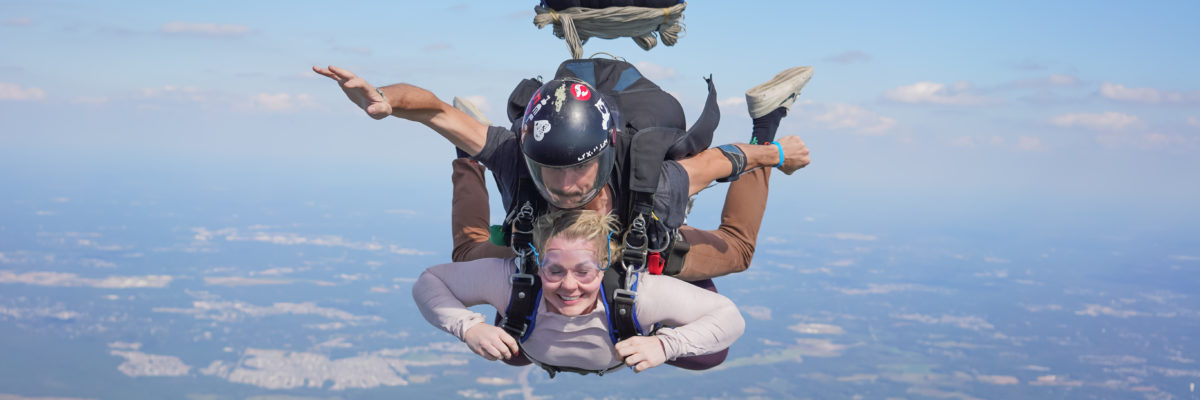
Learn the hand signals used in skydiving
Monday, June 22, 2020
- Team FlyXP
- 6/22/20
- 0
- Tandem Skydiving
As with any process, a significant step when learning how to skydive is communication. Since it’s nearly impossible for instructors and students, or tandem skydiving partners, to speak with one another during a skydive (although Point Break seems to defy this logic), a set of hand signals are used between skydivers. Between the roar of the plane and 120 mph of wind, instructors need hand signals to efficiently assist skydiving students. And the students need a way to ensure they can give the proper response back.
Let’s explore the skydiving hand signals used in the Paraclete Student Program, our skydiving training program.
GENERAL SKYDIVING HAND SIGNALS
PULL
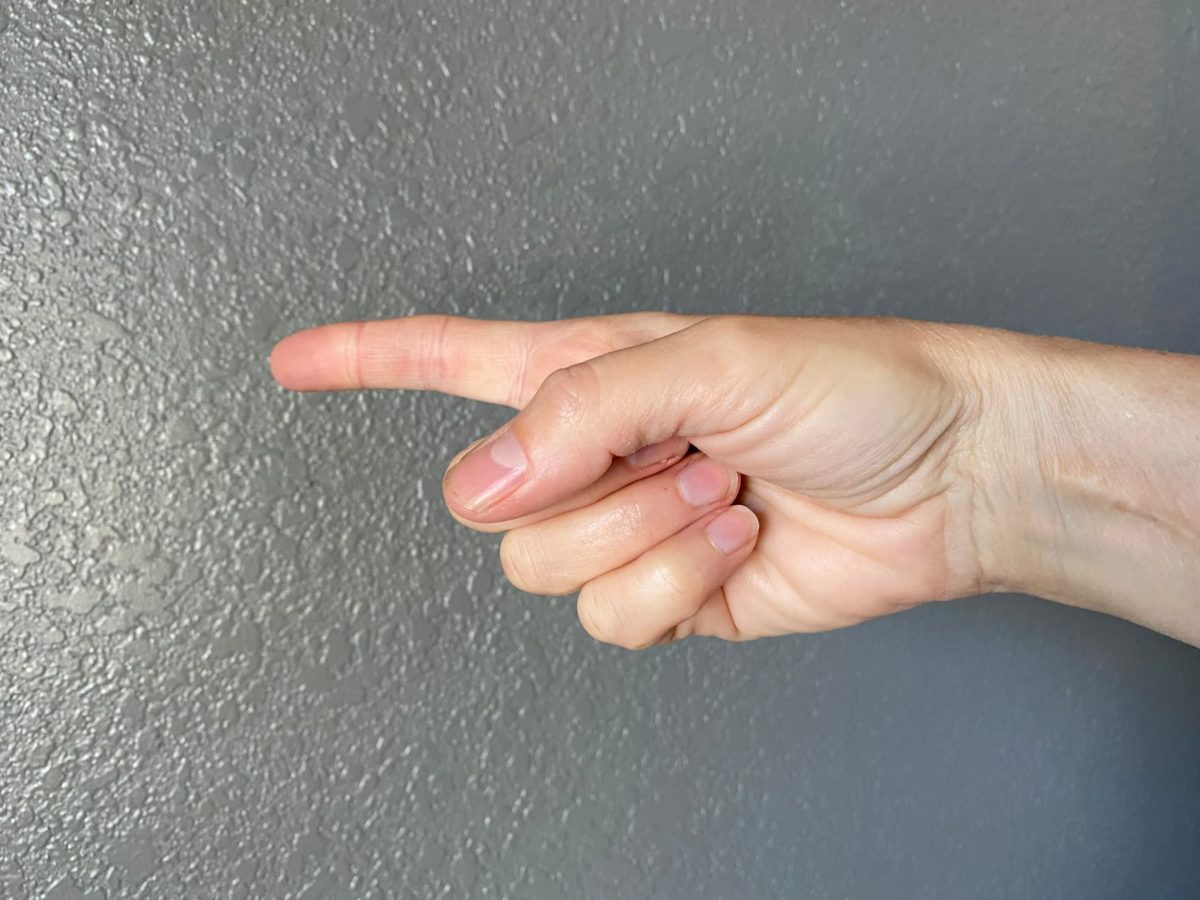
This skydiving hand signal is given to students to indicate it is time to pull their parachute immediately.
CIRCLE OF AWARENESS
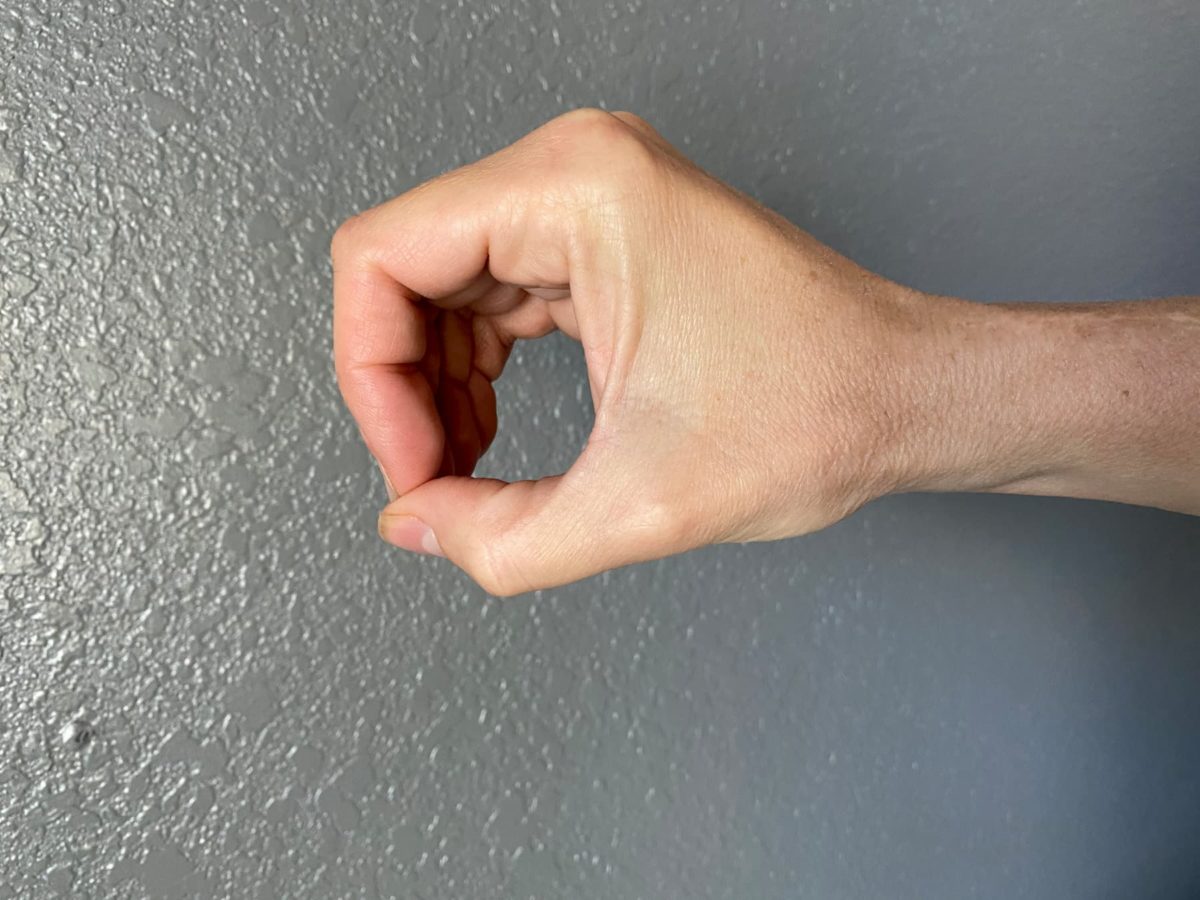
Each level of the skydiving program is designed to build awareness, mechanical skills and confidence. Along the way, part of building awareness is the circle of awareness check. If you miss this part of the dive flow, an instructor will give you a signal to check your altitude and your body position.
SKYDIVING HAND SIGNALS FOR BODY POSITION
When a skydiving student is learning, an instructor teaches the mechanics and importance of body position. A student’s body position is similar to balancing on your belly on a BOSU Ball, where it isn’t a static, rigid position. Rather, it’s a fluid feeling while maintaining an arched shape, much like yoga’s Locust Pose with cactus arms.
If a student is unbalanced or asymmetrical, they may turn, spin, wobble or even flip around! Therefore, an instructor will communicate giving skydiving hand signals to the student. Here are a few:
LEGS IN
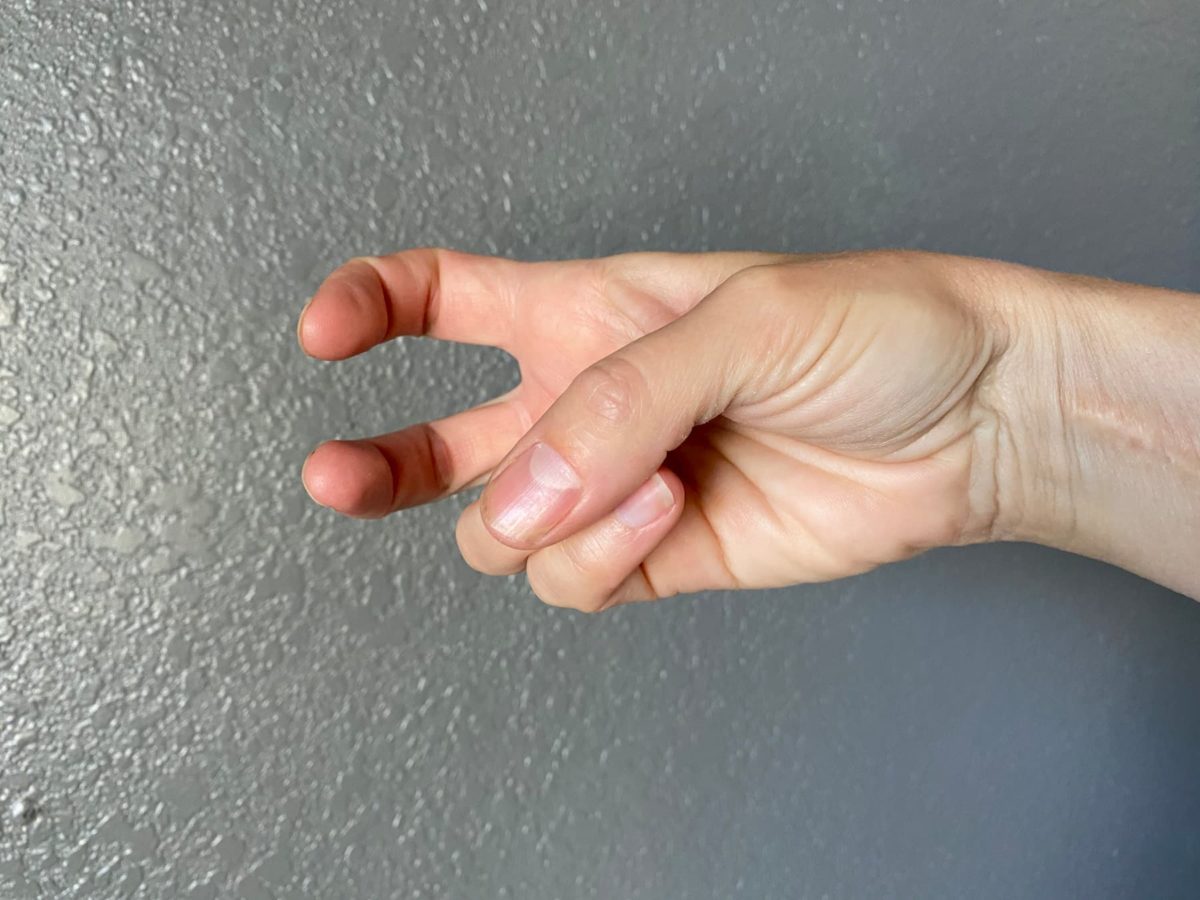
In tandem skydiving, students usually tuck their legs in between the instructor and bend their legs about 90°. However, in solo skydiving, students will be flying their own bodies and need to maintain a balanced control, keeping legs at a 45° angle. If a student has their legs too far extended, it will cause a forward motion or other unstable movements.
LEGS OUT
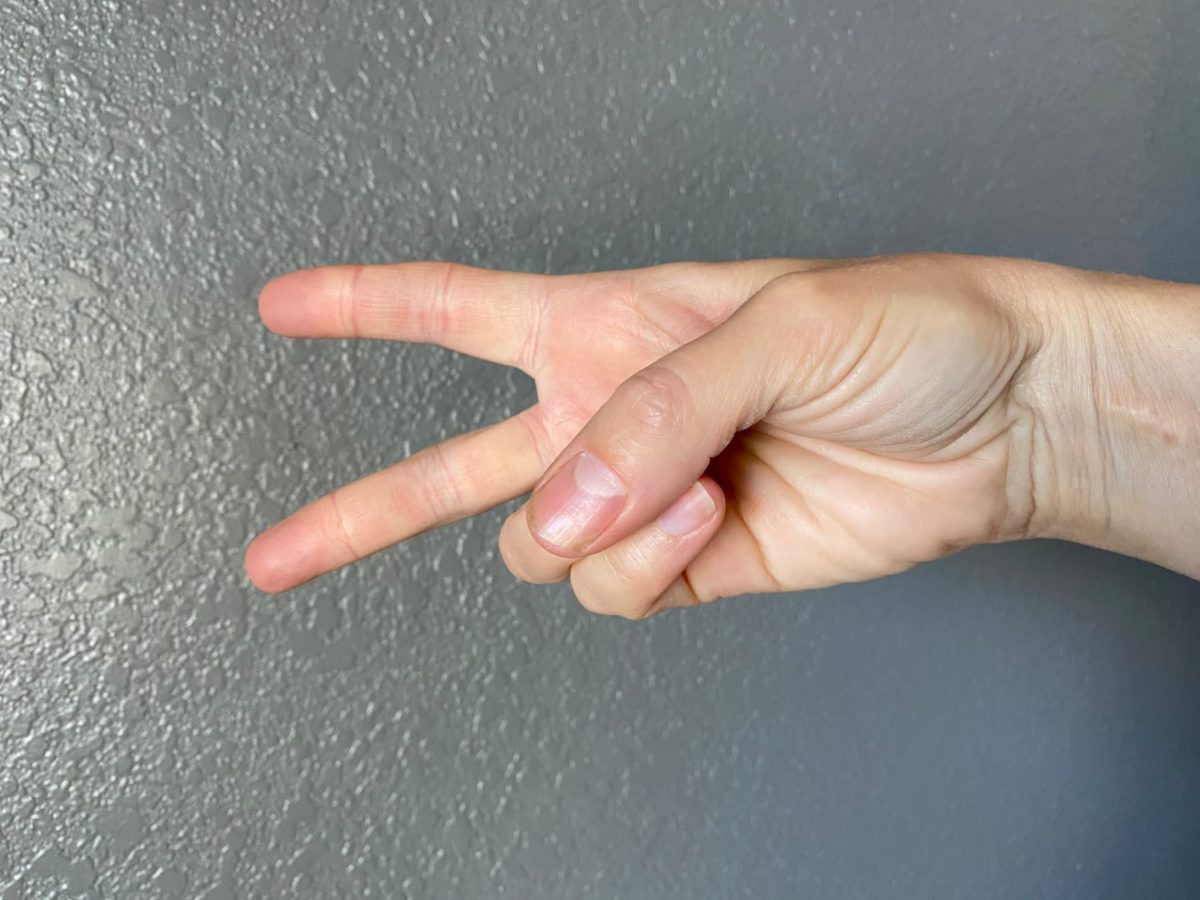
This is a common hand signal as it is more common that skydiving students are unaware of their leg position. To maintain the ideal symmetrical balance, legs need to be extended at a 45° angle.
ARCH
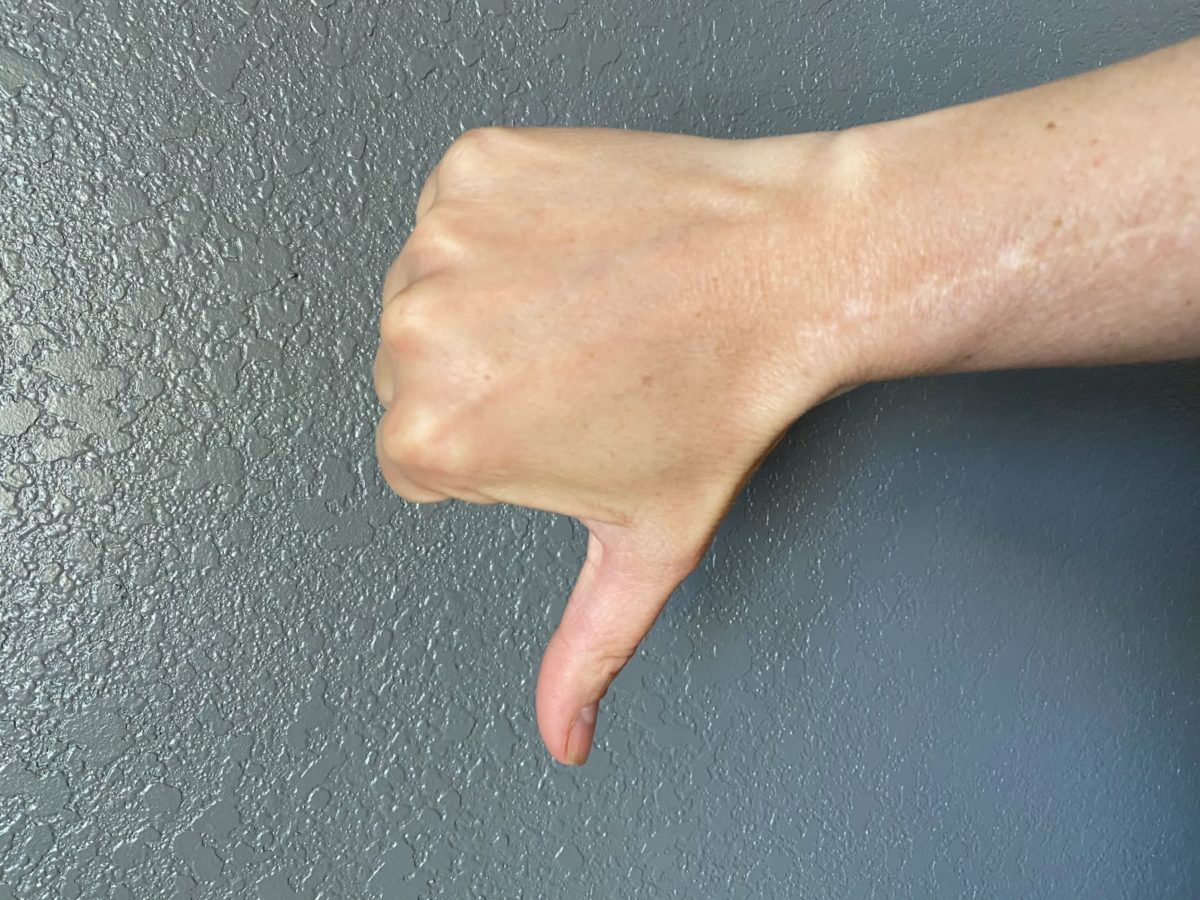
This is the most important hand signal since it’s the basis that determines a good, balanced body position for skydiving. If you think of a badminton birdie, it is most stable when soaring with the heavy side first and feather side up. The same is true with us humans. We need to maintain the hip down position, creating a crescent moon shape with our bodies. The best example is the Locust Pose in yoga.
RELAX
OK, we get it. You’ve just jumped from a plane and are falling at 120 mph toward the ground – you have nerves! This skydiving hand signal is to remind you to find that fluid state of balance and control. Most of the time, when you see this signal it’s also associated with taking a deep breath to release the tension in your body.
There are many skydiving procedures when learning how to do a skydive, hand signals are just one part of the learning process. If you’re interested in more information about the skydiving process, give us a click or call today!
Copyright © 2025, Skydive Paraclete XP, All Rights Reserved.
DropZone Web Design & Marketing by Beyond Marketing, LLC
